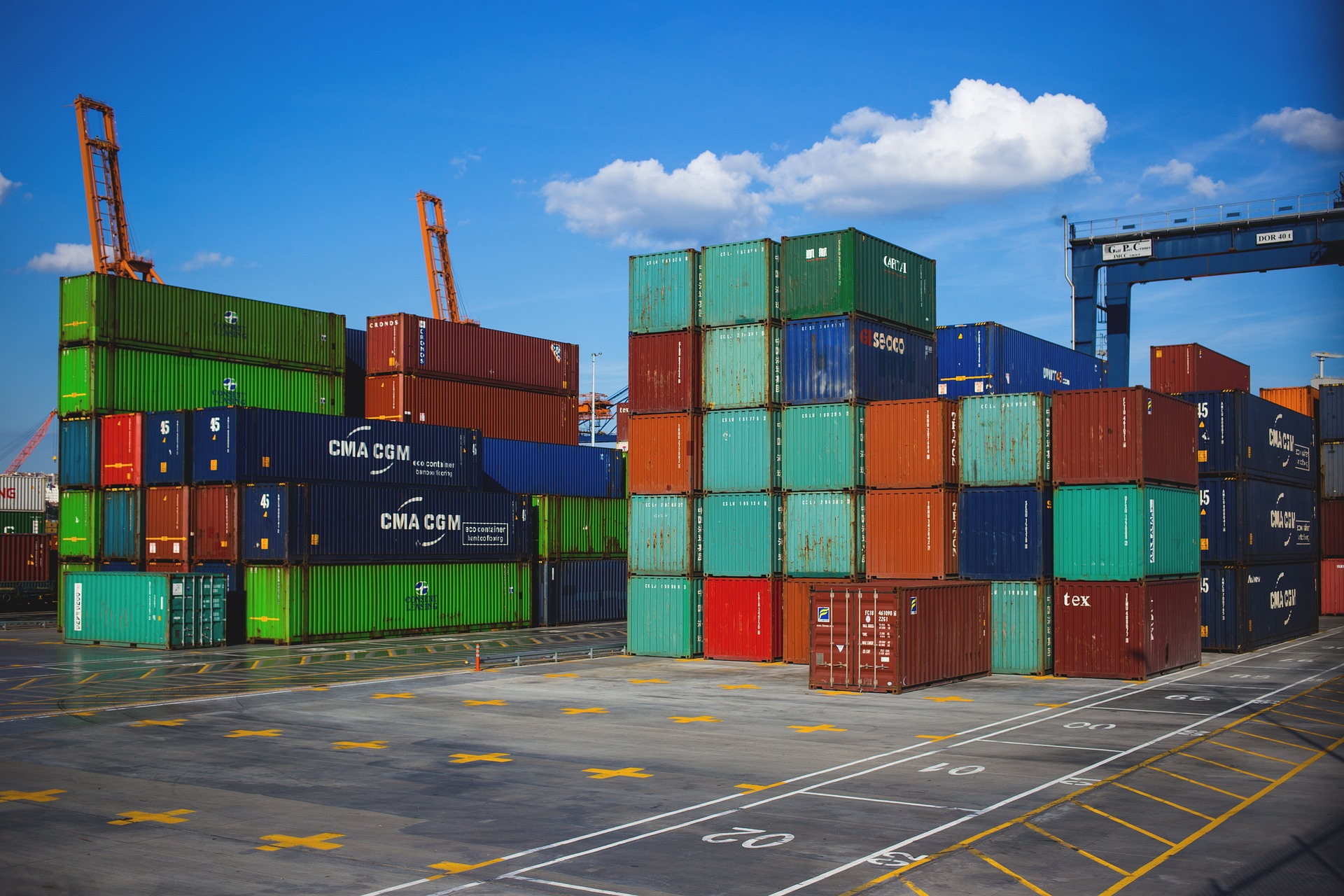Port workers play an indispensable role in global trade, handling approximately 90% of the world’s goods. As automation technologies advance, many are raising concerns about the potential for job losses and the future of these essential workers. In light of this, Allyson Browne, CEO of the High Ambition Climate Collective, calls for a thoughtful approach to automation that prioritizes a just transition for workers. Browne advocates for automation as a tool to enhance operations, improve safety, and reduce errors, rather than a mere means of cutting down the workforce.
The Crucial Role of Port Workers in Global Trade
Port workers are the backbone of the international supply chain, operating cranes, loading and unloading cargo, and maintaining the flow of goods across oceans and into global markets. These workers ensure that the vast amount of goods traded between countries is efficiently and securely transported, which is fundamental to the global economy.
According to the International Transport Workers’ Federation (ITF), port workers are responsible for keeping the logistics of global trade running smoothly. Their work includes handling a wide range of tasks, from overseeing shipping operations to ensuring compliance with safety and environmental regulations. With the growing importance of ports in global commerce, these workers represent a vital part of the workforce that needs to be supported through technological transitions.
The Rise of Automation: Efficiency vs. Employment
Automation in ports, such as autonomous cranes, automated guided vehicles (AGVs), and digital monitoring systems, is transforming how goods are handled. On one hand, automation has the potential to significantly improve efficiency, reduce operational costs, and enhance safety by minimizing human error. These technologies can make operations more streamlined, faster, and less prone to accidents, which can result in long-term economic benefits.
However, automation also raises concerns about job security for port workers. As machines become more capable of performing tasks traditionally carried out by humans, the fear is that this could lead to widespread job displacement. A report from the International Labour Organization (ILO) notes that automation is already beginning to replace low-skilled jobs in industries like manufacturing, and the transportation sector could face similar challenges. In ports, automation could displace workers who traditionally handle manual tasks like container stacking and cargo management.
Ensuring a Just Transition: A Vision for the Future
In response to these concerns, Allyson Browne, CEO of the High Ambition Climate Collective, calls for a “just transition” that ensures port workers are not left behind in the wake of technological progress. A just transition involves creating policies and programs that support workers as they adapt to automation, including retraining programs, job creation in new sectors, and fair compensation.
Browne emphasizes that the conversation around automation should not be about eliminating jobs, but rather about finding ways to integrate technology that enhances human capabilities. Automation should be seen as a tool that can streamline and enhance operations, reducing errors and creating more efficient workflows, while still relying on a skilled workforce to manage, maintain, and optimize the new technologies. This approach, according to Browne, will allow workers to shift into higher-value roles, such as overseeing automated systems, performing maintenance, and ensuring that the automated systems are functioning correctly.
“Automation should not be viewed as a way to replace workers,” Browne states, “but as a tool to make their jobs safer, more efficient, and more rewarding. We must ensure that the workers who have been essential to the global economy for generations are supported through this transition, with opportunities for growth and a clear pathway to new roles.”
Training and Upskilling: The Key to a Resilient Workforce
One of the cornerstones of ensuring a just transition is investing in worker training and upskilling programs. As automation becomes more prevalent, workers will need to acquire new skills to work alongside advanced technologies. This could include training in areas like robotics maintenance, data analysis, or systems management, which would allow workers to move into more technical and higher-skilled positions.
Port authorities and unions are increasingly advocating for robust retraining programs that provide workers with the tools they need to thrive in an automated future. In collaboration with technology companies and government agencies, these programs can help workers adapt to the changing landscape of port operations. For instance, the Port of Rotterdam, one of Europe’s largest and most technologically advanced ports, has already launched several programs aimed at upskilling its workforce to work with automation technologies.
Policy and Regulation: Safeguarding Workers’ Rights
In addition to retraining, policymakers have a critical role to play in ensuring that automation benefits all stakeholders. Governments must create regulatory frameworks that protect workers’ rights and guarantee that automation does not lead to increased inequality or social displacement. This includes ensuring fair wages, access to benefits, and support for those affected by job displacement.
As automation takes hold, it is essential that companies and governments work together to implement social safety nets that provide workers with the financial security and training needed to navigate the transition. International organizations, such as the ILO, have called for policies that prioritize workers’ rights in the context of technological change, including strong social dialogue between employers, employees, and governments.
A Vision for the Future: Cooperation Between Technology and Workforce
Ultimately, Browne’s vision for the future is one of cooperation between technology and the workforce, where automation serves as a tool to enhance the capabilities of skilled workers, rather than replace them. This vision calls for a holistic approach that includes worker protections, upskilling initiatives, and policies that ensure the economic benefits of automation are shared fairly across society.
As automation continues to reshape industries, including port operations, it is crucial to approach the transition with a focus on social equity and fairness. By creating a just transition for port workers, we can ensure that the future of work remains inclusive, sustainable, and beneficial for all.
References:
- International Transport Workers’ Federation (ITF) – Provides insights into the role of port workers in global trade and the impacts of automation on the sector. ITF report
- International Labour Organization (ILO) – Discusses the potential for job displacement due to automation and offers recommendations for managing technological transitions in the workforce. ILO report on automation
- Port of Rotterdam – Example of a major port that is implementing automation and retraining programs to adapt its workforce. Port of Rotterdam Automation
- High Ambition Climate Collective – Focuses on the need for a just transition to ensure that workers are not left behind in the face of technological change. High Ambition Climate Collective
This approach ensures that automation becomes a force for good, enhancing operational efficiency and improving the safety and work-life quality of port workers rather than reducing their roles. By investing in the workforce of the future, we can create an ecosystem where both technology and human capital thrive.


